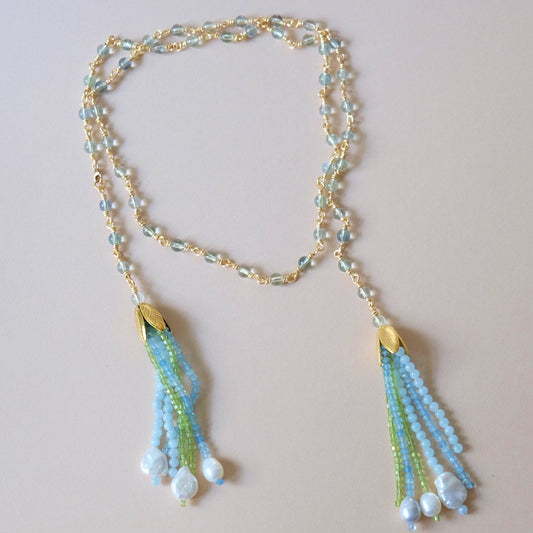Amethyst is a popular and highly sought after gemstone known for its beautiful purple color. However, not all amethysts are created equal, and the quality of an amethyst can vary greatly. The grading of amethysts is based on a combination of factors, including color, clarity, cut, and carat weight.
Color is one of the most important factors in determining the grade of an amethyst. The finest amethysts are a deep, rich purple color, often described as "royal purple." The color should be evenly distributed throughout the stone and should not be too light or too dark. The saturation of color should be strong, with no visible brown or gray undertones. Amethysts with a reddish or bluish tint are also highly prized.
Clarity is another important factor in determining the grade of an amethyst. The best amethysts are free of inclusions, or internal flaws, that can detract from the beauty of the stone. Amethysts with visible inclusions or fractures will be considered lower grade.
Cut is also a crucial aspect of an amethyst's grade. A well-cut amethyst will have a symmetrical shape and well-proportioned facets that allow the light to enter the stone and reflect back, creating a dazzling sparkle. A poorly cut amethyst will lack symmetry and will not reflect light as well.
Carat weight is the last factor considered when grading an amethyst, and refers to the size of the gemstone. Larger amethysts will generally be more valuable than smaller ones, but the quality of the stone should also be taken into account.
Based on these factors, amethysts can be graded as follows:
- AAA: The highest grade of amethysts, these stones have a deep, rich purple color, excellent clarity, a well-cut and symmetrical shape, and a large carat weight.
- AA: High-quality amethysts that have a deep purple color, good clarity, and a well-cut shape. They may have a slightly smaller carat weight than AAA grade amethysts.
- A: Amethysts that have a good purple color and are free of major inclusions, but may have slight imperfections or a slightly smaller carat weight than AA grade amethysts.
- B: Amethysts that have a good color but may have some visible inclusions or a less symmetrical cut.
- C: Amethysts that have a less intense color or more visible inclusions, and may have a less ideal cut.
It's important to note that these grades are general guidelines and that there may be some variation in how amethysts are graded depending on the source. It's always recommended to check the authenticity and grades from a certified gemologist before purchasing an amethyst.
In conclusion, amethysts are graded based on color, clarity, cut, and carat weight. The higher the grade, the more valuable and beautiful the amethyst will be. As with any gemstone purchase, it's important to do your research and buy from a reputable source to ensure that you're getting a high-quality amethyst.








